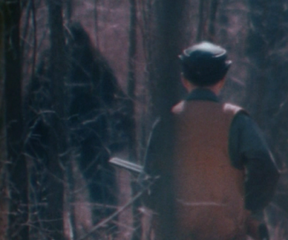 Chuck Pierce had been born in Indiana, but raised in Arkansas. He spoke the language of the people that he sought to interview.
Chuck Pierce had been born in Indiana, but raised in Arkansas. He spoke the language of the people that he sought to interview.
Their candid retelling of their experiences were sometimes the first time that eye-witnesses had gone public.
Pierce filmed it all, staging re-enactments, so viewing audiences could really grasp those dramatic events.
Often the real people played themselves, in the actual locations of their encounters. If it had taken place too far ago, then their children or grand-children stepped in as proxies.
For larger stories, like that of the Fords, Pierce brought in drama students from the University of Texarkana. The whole thing was told documentary style, like the cameras had been there when it all unfolded.
To modern eyes, the cinematography, story-telling and style can appear very dated. At times, it borders upon cheesy.
The inclusion of two songs springs to mind - one a paean to the creature itself and another a ballad about a teenage local going camping. Though anyone laughing at Hey Travis Crabtree should note that the young man was killed in an industrial accident, a decade after the film was made.
The often jerky confusion of hand-held camera shots renders an intimacy to the proceedings. More home video than Hollywood finesse. It was a technique that was later to influence The Blair Witch Project.
As a snapshot of the lives of poorer families, living in the boggy forests of backwater Arkansas, it remains unparalleled.



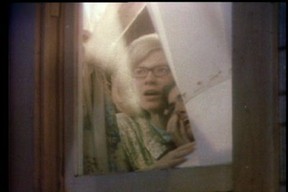 During the evening of May 1st 1971, Elizabeth Ford was sleeping on the couch.
During the evening of May 1st 1971, Elizabeth Ford was sleeping on the couch. 


 Chuck Pierce had been born in Indiana, but raised in Arkansas. He spoke the language of the people that he sought to interview.
Chuck Pierce had been born in Indiana, but raised in Arkansas. He spoke the language of the people that he sought to interview.

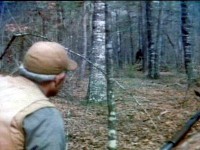 Unlike its more famous Bigfoot cousin in the Pacific North-West, the Fouke Monster only had three toes. This was attested to by numerous footprints discovered by trackers.
Unlike its more famous Bigfoot cousin in the Pacific North-West, the Fouke Monster only had three toes. This was attested to by numerous footprints discovered by trackers.
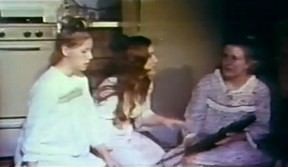 Given that this movie was filmed and released in 1971, the fact that it passes the Bechdel Test might come as a bit of shock.
Given that this movie was filmed and released in 1971, the fact that it passes the Bechdel Test might come as a bit of shock.


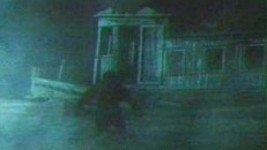 I will never get that time in my life back again. I used to pride myself on seeing something redeeming in any film. But that was before I viewed Return to Boggy Creek.
I will never get that time in my life back again. I used to pride myself on seeing something redeeming in any film. But that was before I viewed Return to Boggy Creek.



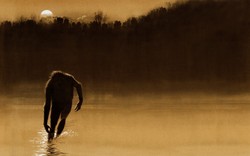

 St Tydecho's Churches in West Waleson 09/03/2014
St Tydecho's Churches in West Waleson 09/03/2014
 Goodies for an Outlander Premiere Partyon 03/06/2015
Goodies for an Outlander Premiere Partyon 03/06/2015
 Holocaust Memorial Day Interview with Rainer Höss, Grandson of Rudolf Architect of Auschwitzon 01/24/2015
Holocaust Memorial Day Interview with Rainer Höss, Grandson of Rudolf Architect of Auschwitzon 01/24/2015
 Romantic Valentine Gifts for an Outlander Fanon 01/16/2015
Romantic Valentine Gifts for an Outlander Fanon 01/16/2015

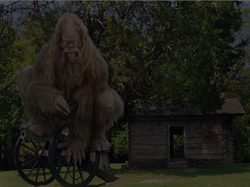
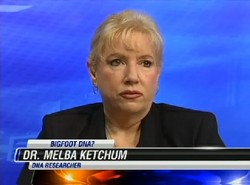
Comments
It's the first one that I heard of. That's why talk of this reminds me of childhood, watching this film on the television. I'm very old. LOL
How interesting! I hadn't heard of the Fouke monster.
Doesn't it just!
This brings back memories.
Mainly warn her to keep a camera on her at all times! We need evidence that the Fouke Monster is out there. :)
Whoa, my sister is moving to Arkansas. I have to warn her!!!!